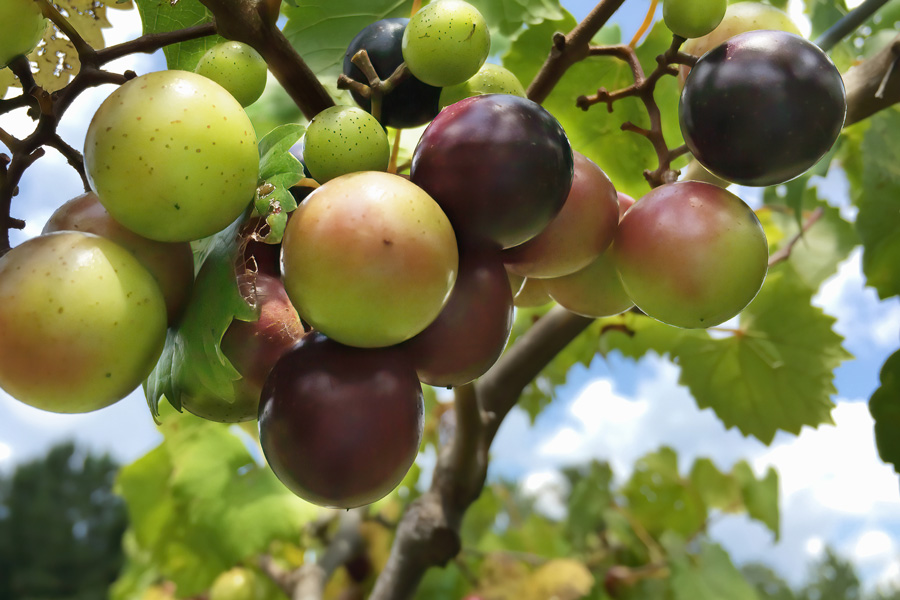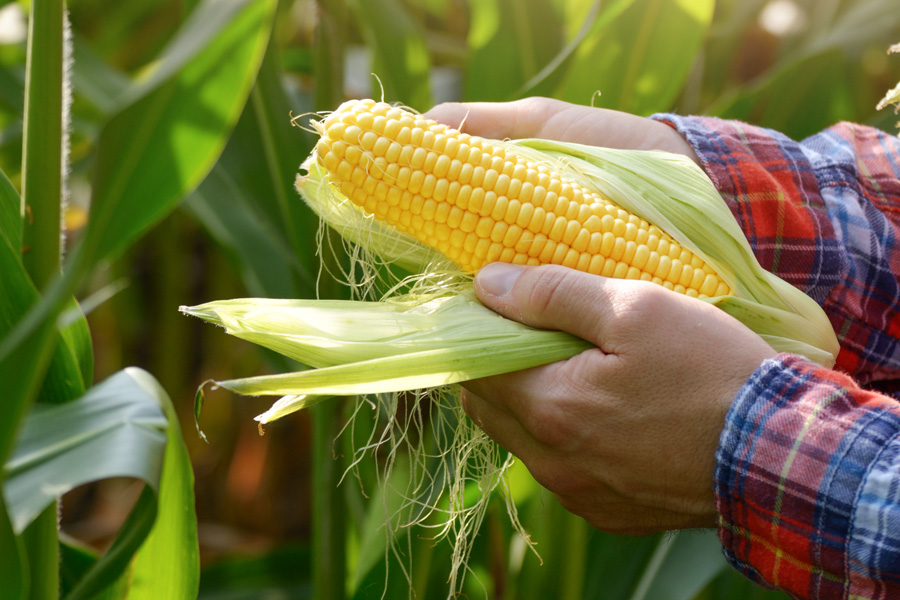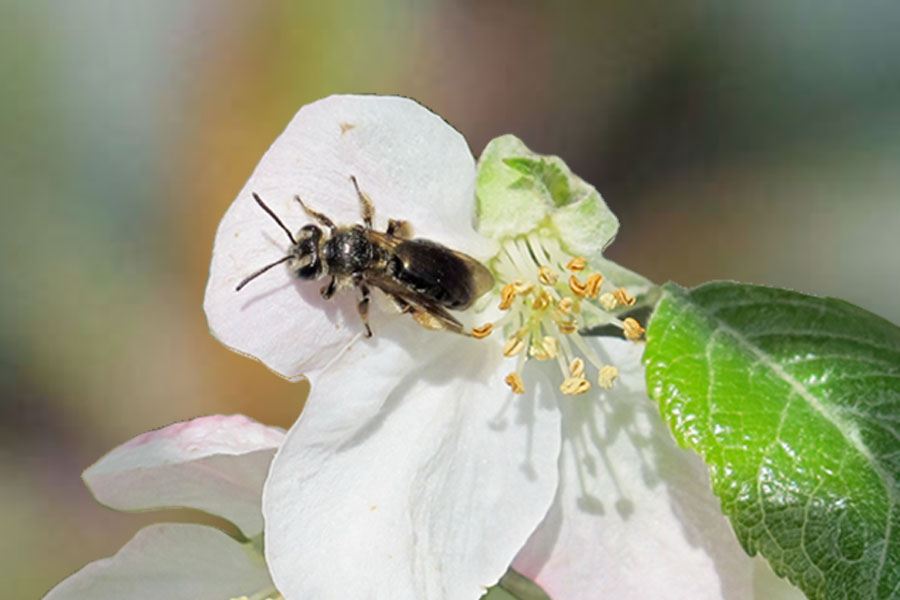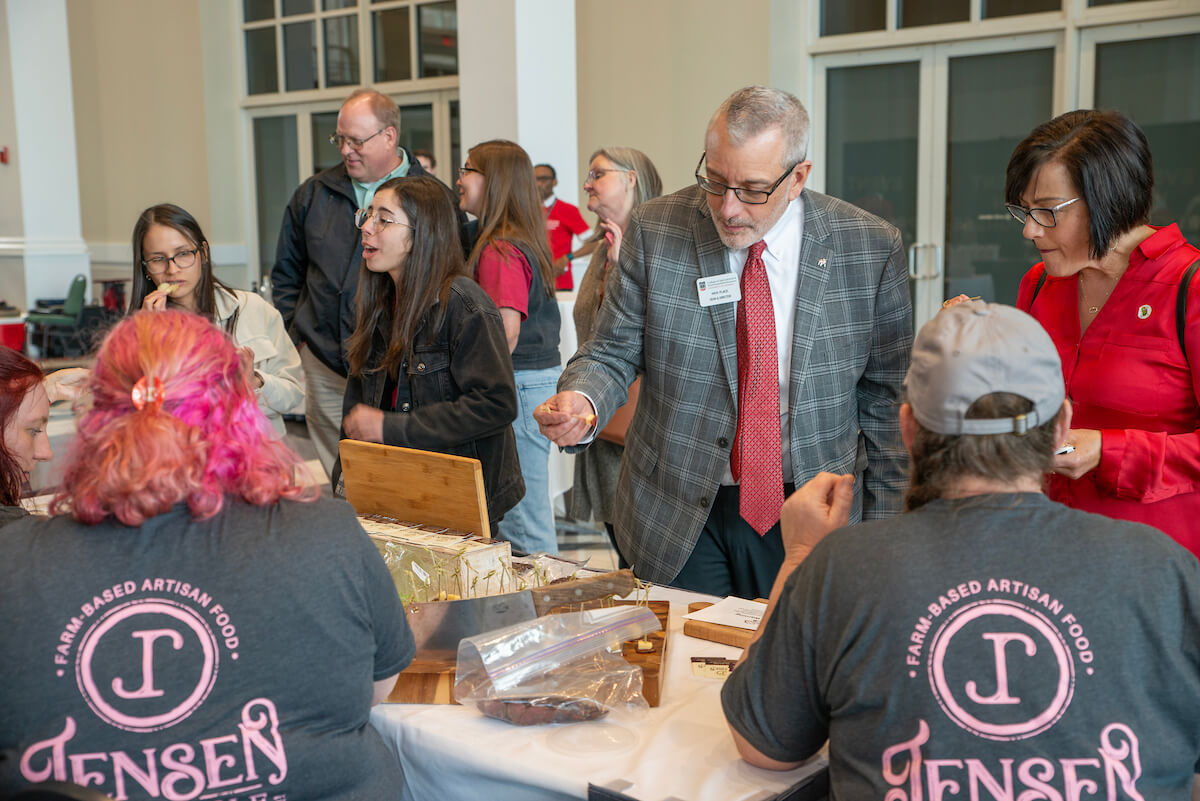Additional author: Francisco Loayza, Horticulture Scientist, University of Georgia.
In this video, you will learn how to judge the optimum maturity of strawberries for harvest and how to identify the main quality attributes that are important for maximum postharvest shelf life.
We typically consider that a strawberry has reached its harvest maturity when a deep red color covers more than 75% of the fruit surface for U.S. Grade No. 1 and more than 50% for U.S. Grade No. 2. Additionally, a strawberry graded as U.S. No. 1 should not be smaller in diameter than 3/4 in.; for Grade No. 2 strawberries, the minimum diameter is 5/8 in.
Since strawberries do not continue ripening after harvest it is advised that they should not be harvested strawberries before they are fully ripe and ready for consumption. When we harvest strawberries, it is imperative that the fruits in the clamshell or basket are of very similar maturities.








